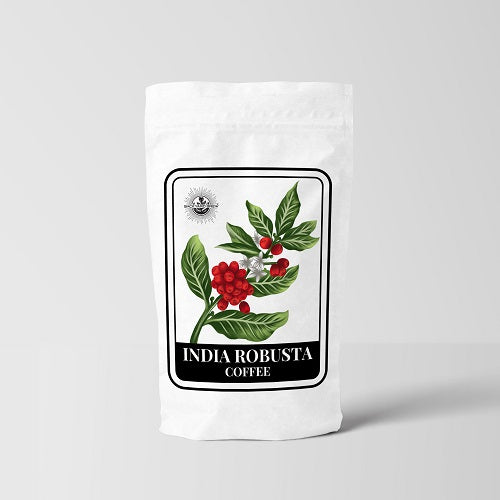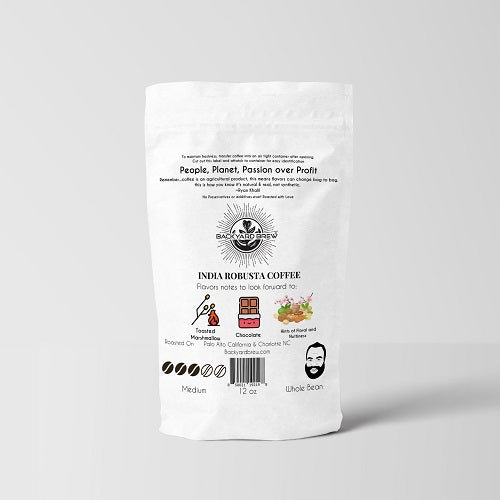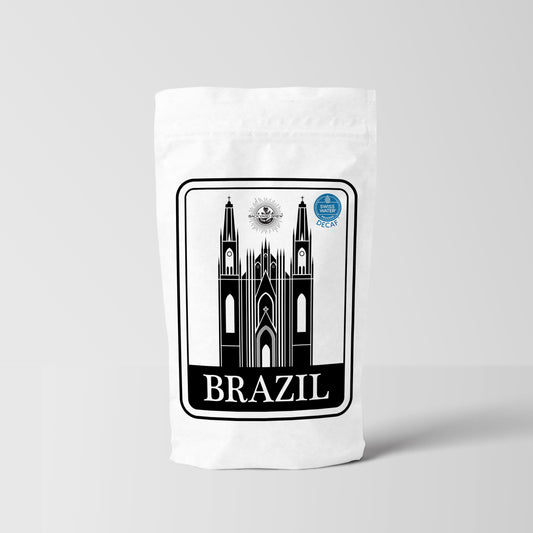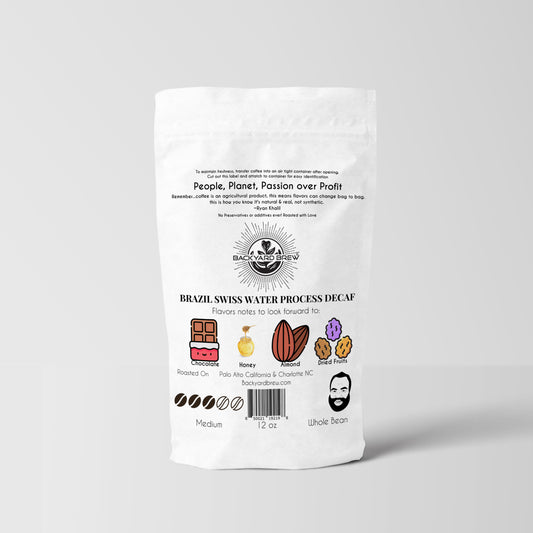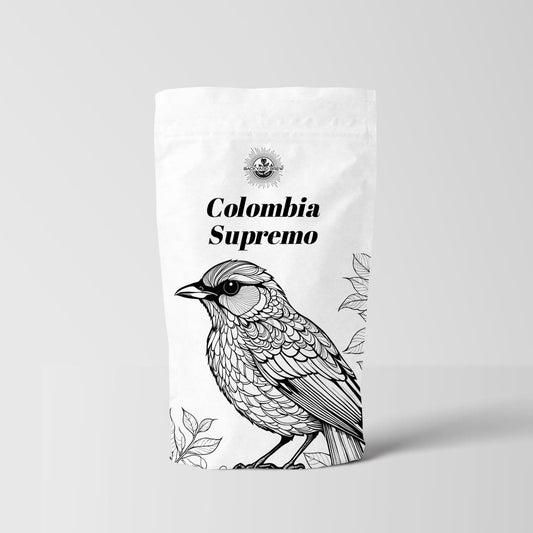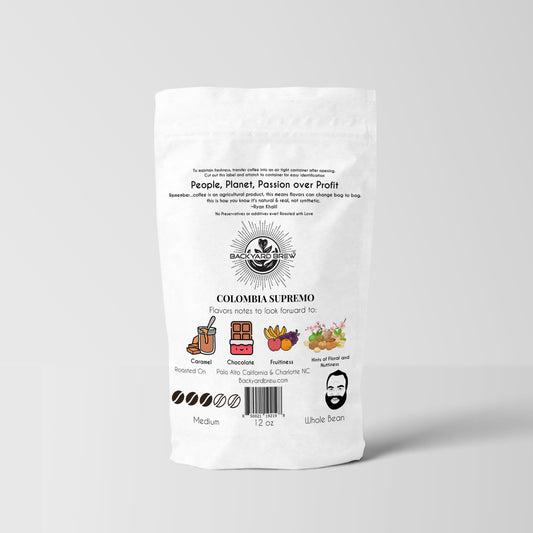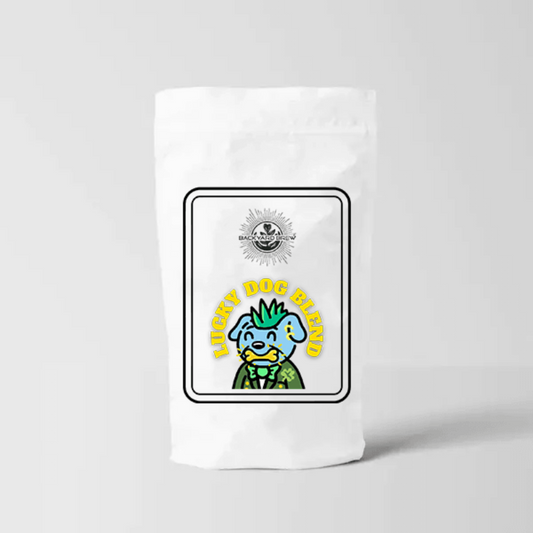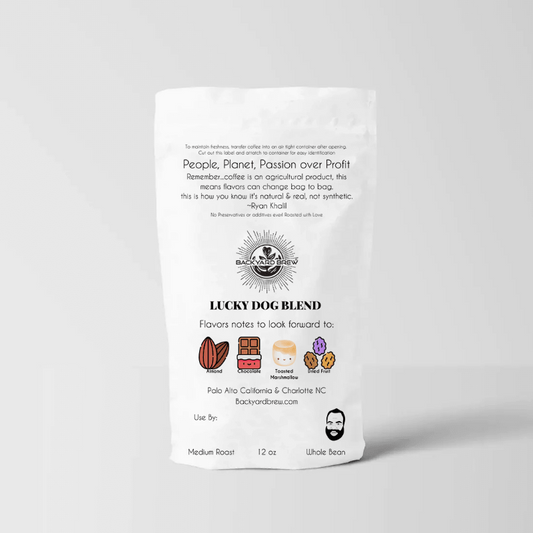Top 8 Tea Production Trends in 2025
Related Product
Subscribe
Table of Contents
Are you among those who think tea production is just about growing leaves? Well, let me burst your bubble. It’s, in reality, a whole industry being driven by agriculture, culture, consumer health, and business innovation. All these aspects keep changing with time, and it all affect tea production. This is why growers, brands, and tea lovers should, I mean MUST, stay on top of tea production trends.
The blog covers all you need to keep up with in 2025. Read till the end and you won’t miss out on any TEA!
2025’s Hottest Tea Trends You Should Know
Tea production in 2025 is brewing a fresh wave of innovation and change. From the global matcha craze and ready-to-drink formats, the industry is rapidly TEA-VOLVING. Moreover, producers and brands are adapting to rising health demands, bold flavors, and eco-conscious consumers. Here is all you should know about the tea production trends of this year:
1. Matcha Mania & Supply Shortage
The matcha craze is all over the world! And honestly, it sometimes feels like you have to jump onto this green bandwagon to be socially accepted. From lattes and smoothies to skincare and desserts, matcha is everywhere. It is safe to say that matcha has become one of the most popular teas because of health-conscious consumers and social-media hype. But behind the glossy trend lies a supply strain. Yes, that’s right! Japan’s premier matcha regions are struggling with labor shortages, climate pressures, and rising demand. Therefore, producers are now leaning on culinary-grade matcha for mass markets. Meanwhile, ceremonial-grade has become a rare, premium luxury.
2. Climate Crisis & Tea Yields
Climate change is increasingly rewriting the future of tea production. Regions like Assam are reporting double-digit yield drops due to erratic rainfall, extreme heat, and pest infestations. Moreover, rising temperatures are another threat. They affect both the yield volume and flavor quality. Because of these reasons, farmers are under pressure to adapt quickly through shade-grown practices, resilient varietals, and advanced irrigation. For producers, climate instability means higher costs and unpredictable harvests. On the other hand, consumers may soon face reduced availability of favorite teas. So, yeah… the crisis is there; let’s see how the industry copes with it.
3. Artisanal & Local Tea Production
A new wave of artisanal tea estates is redefining quality and terroir. Artisanal brands are now focusing more on biodiversity, organic methods, and storytelling. They produce teas in small batches at premium prices. Consumers are drawn toward authenticity, sustainability, and local pride in these brands. I mean, who would want to have that boring grocery tea when Backyard Brew’s Jordanian Tea Mix is there? Well, that was one example but you’ll find many premium ones – if you research right! All in all, artisanal brands have made tea from a mass commodity to a luxury cultural experience. And enthusiasts are loving it. For farmers, artisanal tea offers a path toward resilience, differentiation, and ecological responsibility.
Fun Fact!
Teas are often competing with fine wines in exclusivity.
4. Wellness & Functional Blends
Today’s tea drinkers are mindful. They want more than comfort; they want wellness in their sipping routine. This is why functional teas infused with adaptogens, botanicals, or vitamins are booming! These offer benefits like stress relief, better sleep, or immune support. Herbal infusions such as chamomile, turmeric, and ginger are more popular than ever. This because they claim to be organic and preservative-free. Surveys show health-driven choices top consumer motivations among 2025’s tea trends. And this is what is pushing producers to innovate beyond traditional green and black teas. You can say that wellness teas is the new mainstream… but is it really?
Did You Know?
Many analysts and customers also believe that wellness teas are a marketing gimmick. They say its not a new trend. In fact, people have been drinking herbal infusions for their health benefits.
5. Ready-to-Drink & Bold Flavors
Convenience is king, and ready-to-drink (RTD) teas are its new crown. They are rising as a go-to beverage for busy, health-conscious consumers. No longer limited to sweetened iced teas, today’s RTDs showcase bold flavor mashups like chili-mango or berry-citrus. They also come in wellness-focused options such as caffeine-free or melatonin-infused blends. Visual appeal matters too, with colorful botanicals like butterfly pea flower creating Instagram-worthy drinks. Producers are investing heavily in packaging innovation and product diversification to meet this demand. For consumers, RTD teas is a great pick-me-up; they’re tasty and super portable.
6. Sustainability & Ethical Sourcing
Sustainability has shifted from marketing buzzword to industry necessity – all thanks to eco-conscious consumers. They demanded transparency, ethical sourcing, and environmentally responsible packaging. And the industry answered. Compostable tea bags, plastic-free packs, and regenerative farming practices are becoming competitive advantages. Ethical trade certifications also play a role. After all, they ensure smallholder farmers benefit fairly from global demand. As climate challenges intensify, sustainability is both a production safeguard and a consumer expectation.
7. Technology & AI in Tea Farming
Technology is quietly revolutionizing tea cultivation. AI-powered tools and machine learning models can now detect diseases on tea leaves before they spread. This saves farmers from devastating yield losses. Drones, sensors, and data analytics are being used to optimize irrigation, fertilizer use, and harvest timing. While still emerging, these innovations can save tea production from climate change and pests – big time. In fact, tech adoption may mean survival in many regions. Though challenges like cost and accessibility remain, the integration of AI into tea farming is now more important than ever.
8. Yaupon & Alternative Teas
Beyond Camellia sinensis, alternative teas are entering the spotlight. One of them is Yaupon. Native to North America, Yaupon is a naturally caffeinated, antioxidant-rich holly plant that Indigenous people had been brewing for centuries. Smart tea brands are now capitalizing on consumer curiosity and positioning it as a wellness-friendly trend. Rediscovered by modern producers, it’s now marketed as a sustainable, local alternative to imported teas. For farmers, it’s an opportunity to diversify offerings and reduce dependence on traditional crops. While niche today, Yaupon and other indigenous plants could shape a broader future of tea.
With these 2025 tea trends, one thing is clear: the industry is balancing tradition with innovation. From matcha shortages and artisanal brands, every trend reflects changing consumer values and global challenges. For enthusiasts, understanding the diverse types of tea leaves and how they’re grown can also amp up their experience.
Consumer Behavior Tea Insights: Millennials vs. Gen Z
Tea trends today are being shaped not only by farmers and producers but also by how younger generations buy and enjoy tea. Surveys show that Millennials often look for premium loose-leaf teas and organic options, seeing tea as part of a healthy lifestyle. Gen Z, on the other hand, is more experimental—they prefer bold flavors, ready-to-drink teas, and fun blends they can share on social media.
Platforms like TikTok and Instagram play a huge role in fueling tea trends. Drinks like matcha lattes and butterfly pea flower tea go viral because they’re colorful, photogenic, and tied to wellness. Online shopping has also become the main way many younger consumers discover new teas, while older generations still lean toward buying from local stores.
Not to label matcha with a gender, but you can’t live through 2025 without coming across a matcha girlie.
|
Preference Area |
Millennials |
Gen Z |
|
Tea Choice |
Premium loose-leaf, organic, wellness teas |
Bold flavors, bubble tea, ready-to-drink |
|
Buying Style |
Mix of online and in-store |
Mostly online, influenced by social media |
|
Motivation |
Health benefits, relaxation, tradition |
Fun, creativity, shareability, trendiness |
|
Social Media Impact |
Follows expert reviews, wellness blogs |
TikTok & Instagram drive purchase choices |
|
Experimentation |
Tries new origins and artisanal blends |
Loves colorful teas (e.g., matcha, butterfly pea) |
Tea Brewing Trends for 2025
Brewing tea is becoming an experience shaped by convenience, creativity, and wellness. In 2025, several brewing trends are standing out, including:
➢ Cold Brew Teas on the Rise
Just like coffee, cold brew tea is gaining momentum. It’s smoother, less bitter, and often richer in antioxidants, making it a favorite for health-conscious and younger drinkers.
➢ Smart Tea Brewers & Gadgets
Tech-driven devices that control temperature, steeping time, and even water quality are becoming popular for at-home brewing. Consumers love the precision and café-like results.
➢ DIY Tea Experiments
More people are experimenting with butterfly pea flower, hibiscus, or chai spice mixes at home, creating Instagram-worthy drinks that blend tradition with modern flair.
➢ Sustainable Brewing
Eco-friendly brewing tools like reusable infusers, compostable filters, and zero-waste teapots are trending as consumers align their habits with sustainability goals.
These brewing methods show how tea is evolving beyond tradition, meeting the demands of busy lifestyles, digital culture, and eco-conscious choices. For those looking to embrace healthier choices, choosing to buy premium organic tea is an easy step that supports both wellness and sustainability.
Conclusion
Tea in 2025 is changing fast while still keeping its traditional roots. From the huge matcha craze and healthy wellness blends to eco-friendly farming, the industry is finding fresh ways to meet modern needs. Younger people are driving fun trends on social media, while producers focus on quality and sustainability. Besides, the options are so incredible these days, including artisanal teas, ready-to-drink bottles, organic options, and then some. These have made tea more than just a drink… it’s part of a lifestyle. Every cup now carries a story of health, culture, and care for the planet.

